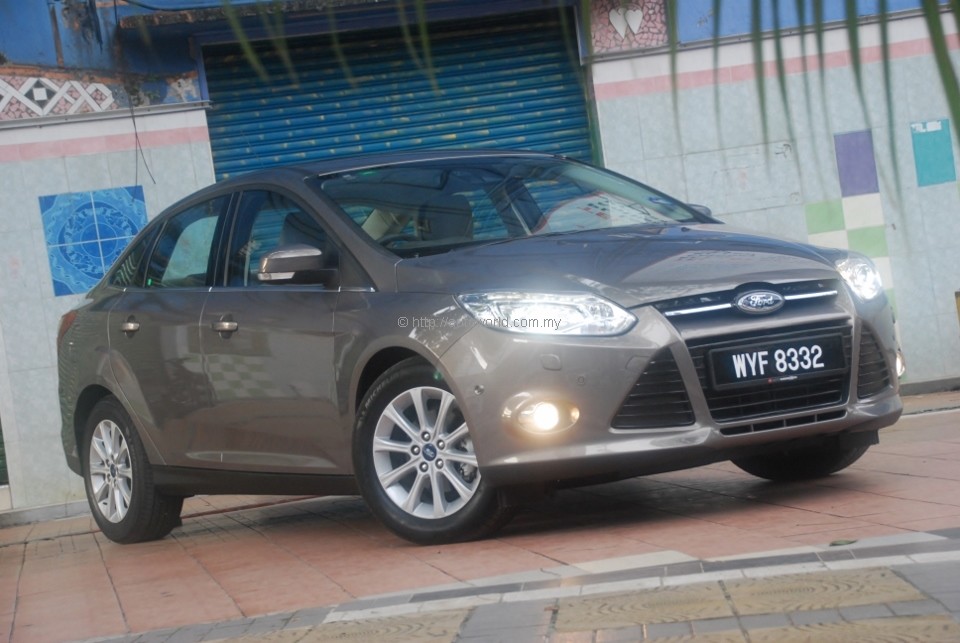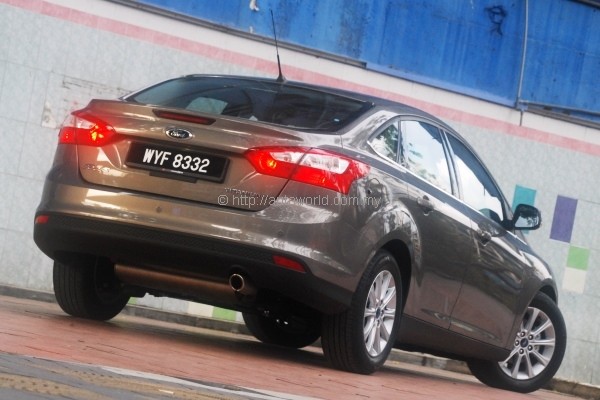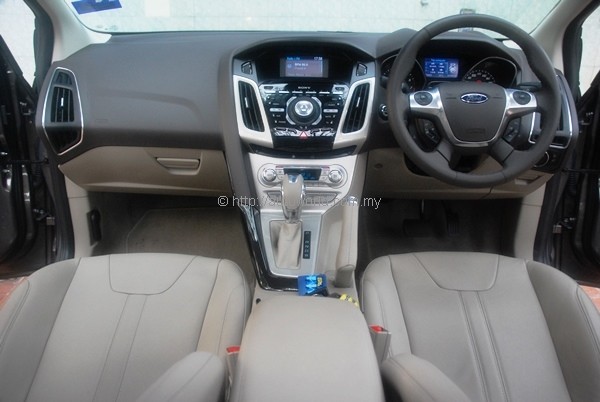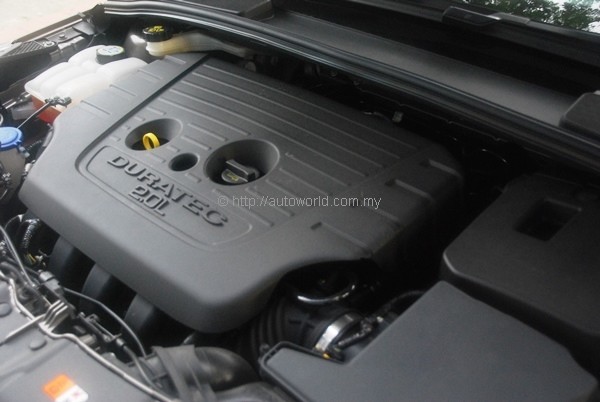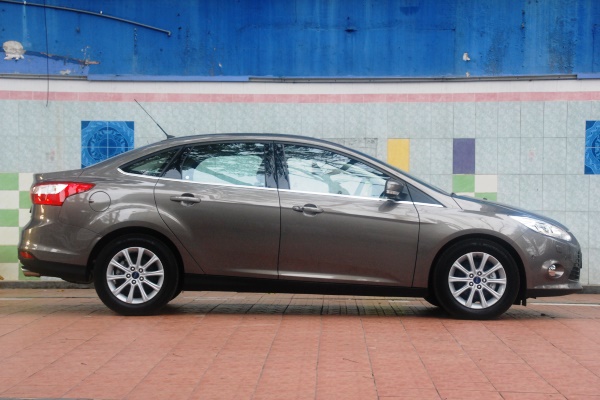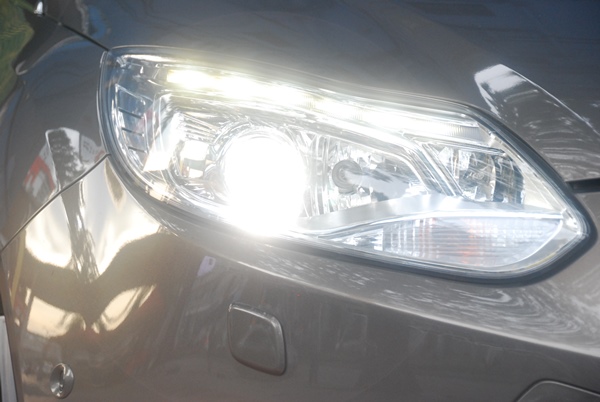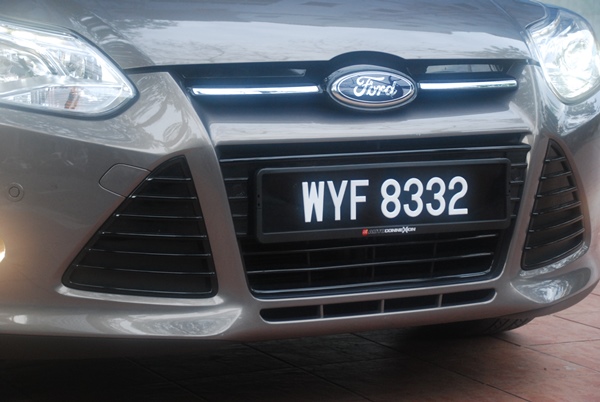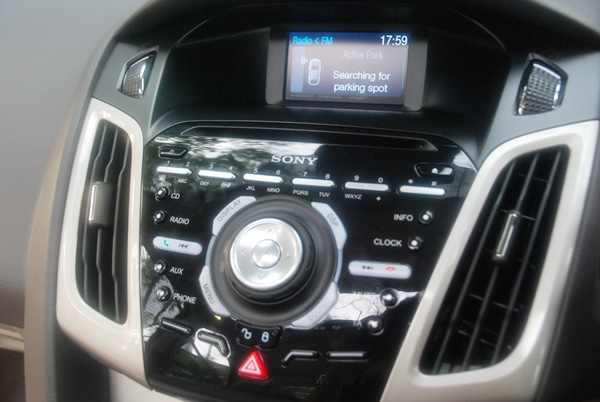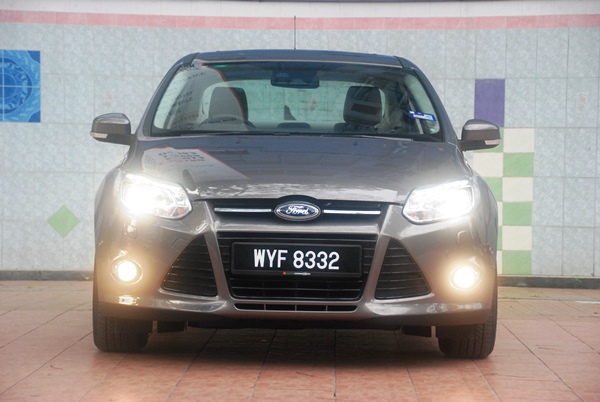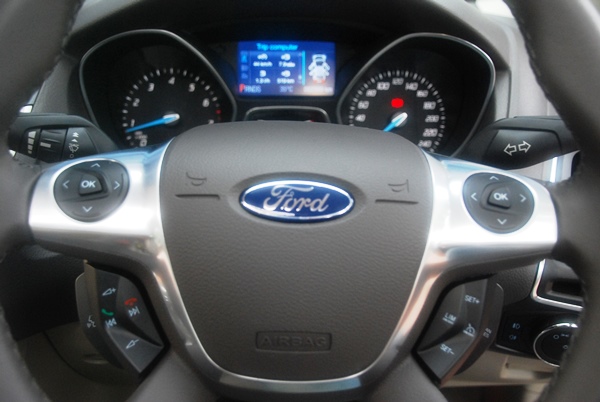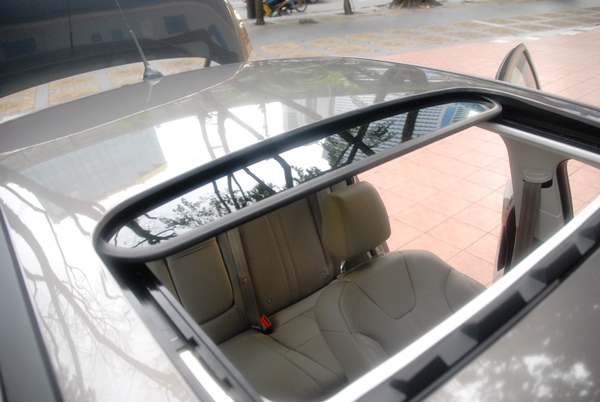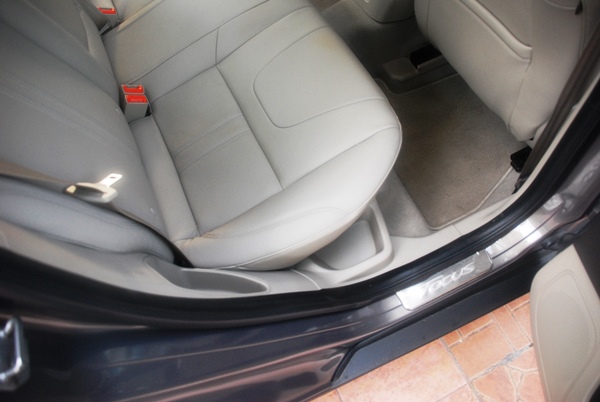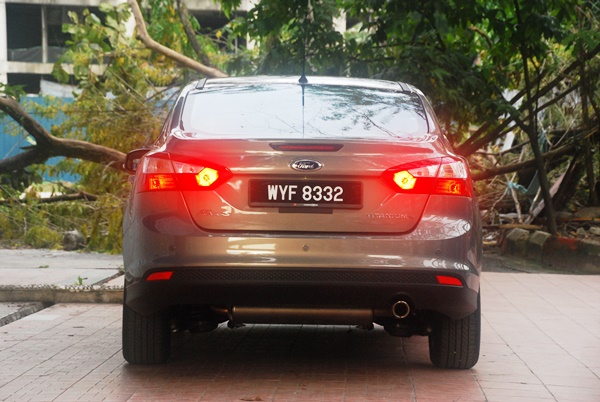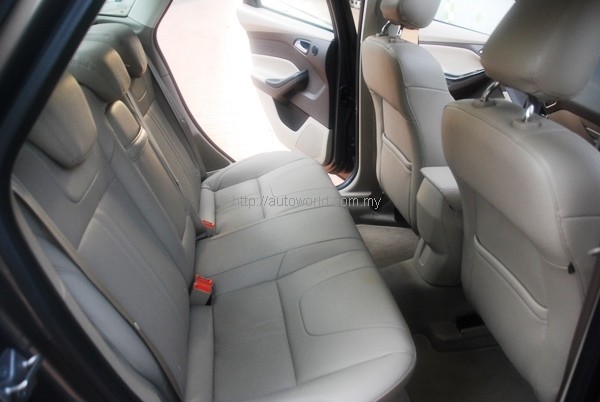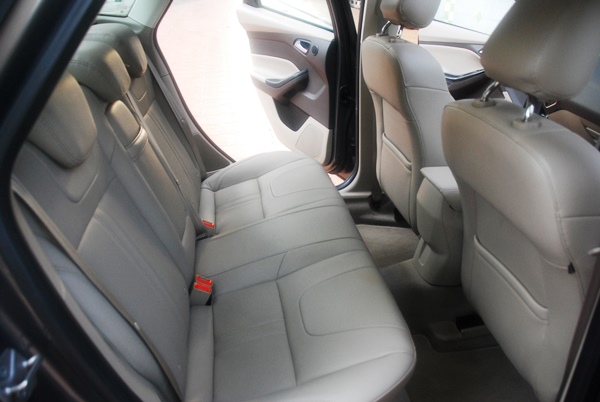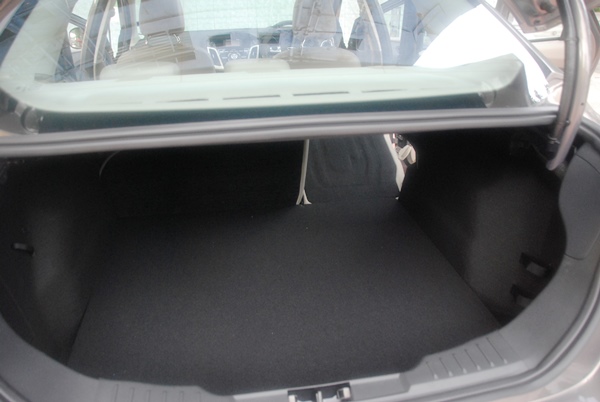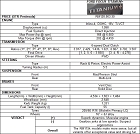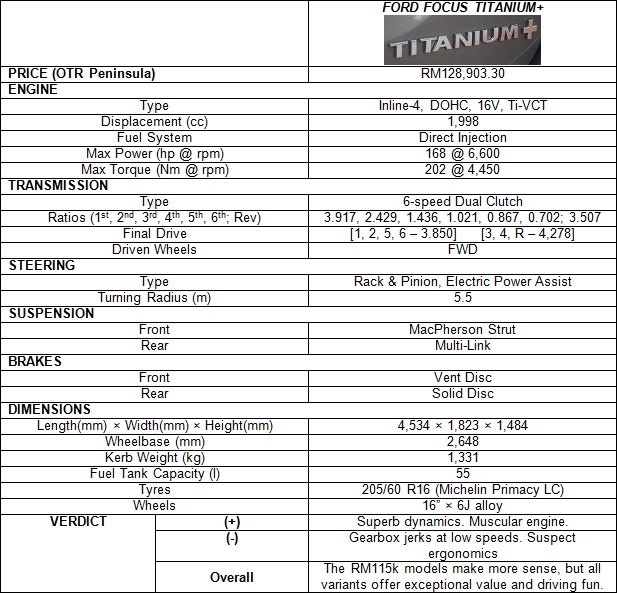Ford Focus Titanium+ Test Drive Review
Before the days of ‘One Ford’, different divisions of the Ford Motor Company each have their own portfolio of products that serve different regions. The Americans have their Mustangs and F-150s; Australians have the Falcon; and Ford of Europe also has its own range of cars. It was an unsustainable business model, and as the Volkswagen Group has shown, mass scale platform sharing really is the way to forward in today’s highly competitive market.
The Ford Focus is a good example of how Ford now embraces this new philosophy. Previously, Ford designed and manufactured two different and unrelated variants of the Focus – one for America and another for Europe. The third generation Focus that debuted worldwide in 2010 was the first time ever that Ford designed a Focus to take on the world.
It is a strategy that is paying off very handsomely for Ford – the Focus was the world’s best-selling car in 2012, and even if Toyota may dispute the validity of that claim, take nothing away from the fact that more than a million buyers worldwide put their money down on a Ford Focus. Malaysians buyers have also been very receptive of the Focus – the sight of a new one on the road is significantly more common than its two predecessors combined.
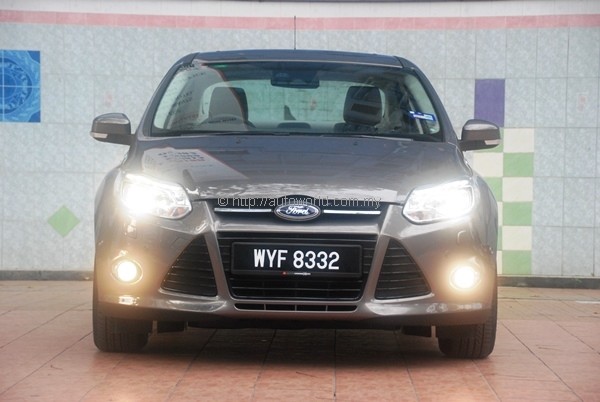 |
Prices & Variants
ST aside, the Focus’ four-variant line-up is best described as consisting of one standard and one high-spec model for the sedan and hatchback bodystyles each. Sedan models are denoted by the Titanium badging and hatchback is badged as Sport. A ‘Plus’ label is added to differentiate the high-spec models. Our high-spec sedan test car, for example, is badged as the Titanium+.
Pricing for both the standard Titanium and Sport versions start at RM115,903.30 OTR with insurance in Peninsula Malaysia. The costlier Plus models go for RM128,903.30, and whilst they look the same from the outside, that RM13,000 price gap is justified by a considerable list of items, the most notable of them being Active Park Assist, Active City Stop, HID headlamps, cruise control, curtain airbags, sunroof, and front parking sensors. The sedan Titanium+ model exclusively gets Blind Spot Info System (BLIS).
The standard Sport and Titanium models already contain more than enough equipment to meet most needs, with ABS, EBD, ESP, traction control, hill launch assist, torque vectoring, dual frontal and side airbags, keyless entry, push button start, automatic dual zone climate control, and a lot more stuff standard for no more money than it would cost you to buy a Hyundai Elantra 1.8. In terms of price vs equipment, all variants of the Focus have the competition, including the Koreans, beaten very convincingly.
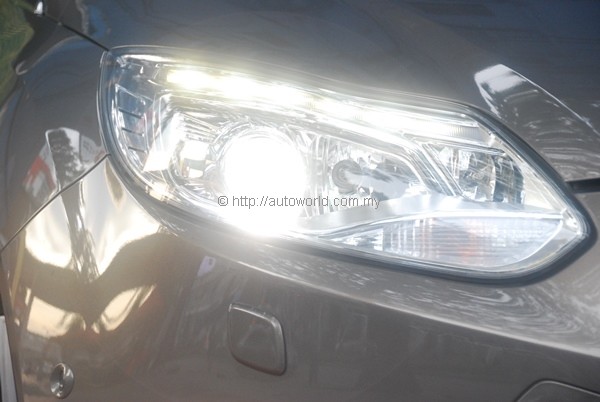 |
| Bi-Xenons are exclusive to the Sport and Titanium variants. |
Specifications
Although the Focus is now marketed as a ‘global car’ by Ford with minimal variations across the world, the engine catalogue still varies significantly from region to region. Malaysia’s selection of engines is based on what Ford rolls out from its FTM plant in Rayong, and the only options on the menu are the 1.6-litre Ti-VCT engine from the Fiesta or an all-new 2.0-litre naturally-aspirated GDI motor.
Only the 2.0-litre engine was selected for the Malaysian market and even if it doesn’t have the same muscle as the 180hp/240Nm 1.6-litre EcoBoost T4 engine, outputs of 168hp and 202Nm are comfortably class-leading figures. Volkswagen’s new EA211 turbo in the Golf 7 and BMW’s 1.6-litre Prince engine both have access to more torque, but they also make do with less power. Other 2.0-litre NA engines in the market generally do not exceed 160hp and 200Nm.
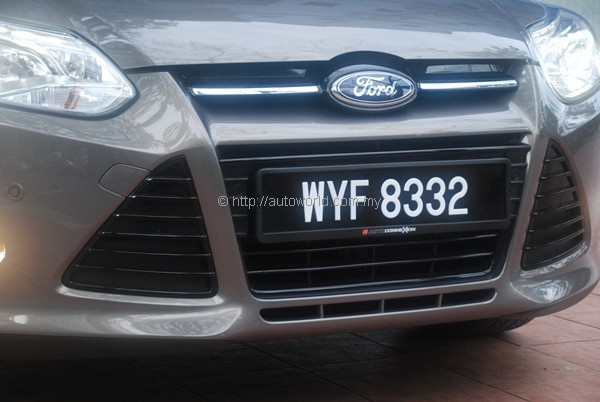 |
| Active Grille Shutters behind the bumper claimed to improve aerodynamic efficiency. |
The Focus also sits at the market forefront in the transmission department, being the only vehicle in its class apart from the Volkswagen Golf and Jetta to offer a dual clutch transmission. Shared with the Fiesta, the Getrag-developed 6-speed Powershift transmission includes a rocker switch-operated manual overriding feature – I’d like to know who it was in the Engineering team who thought it was a good idea and give him a piece of my mind.
Underpinning the Focus is Ford’s new Global C platform that will also feature in the soon-to-be-launched Kuga SUV. It is based on the predecessor’s C1-platform, but with its electronic architecture extensively updated to accommodate the diverse array of new technologies that Ford has loaded into the Focus and which we will see again soon in the Kuga. Structurally, it retains the all-independent suspension architecture from before and that is something which we certainly won’t complain about, considering how well the previous Focus drove.
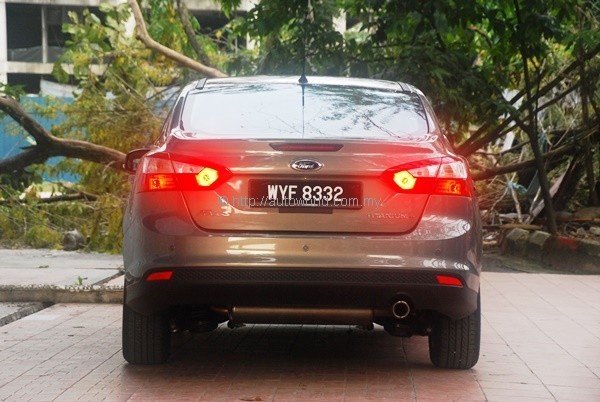 |
Exterior
Although Control Blade multi-link rear suspension remains alive and kicking in the current model, a number of design features that defined previous two iterations of the Focus have been discontinued. The hatchback models, for instance, no longer sport the D-pillar mounted tail lights, and the bonnet now operates the conventional remote lever release as opposed to the key-operated release hidden behind the Blue Oval badge on the front grille.
Though popular in Europe, the previous generation Focus was widely regarded in our part of the world is being dull and uninteresting to look at. Looking at the current model, it is quite obvious that Ford took that criticism to heart and acted upon it. The new model’s sheet metal features far more sophisticated interplays of curves and design lines that instantly elevates the Focus to become one of the most head-turning cars in the C-segment.
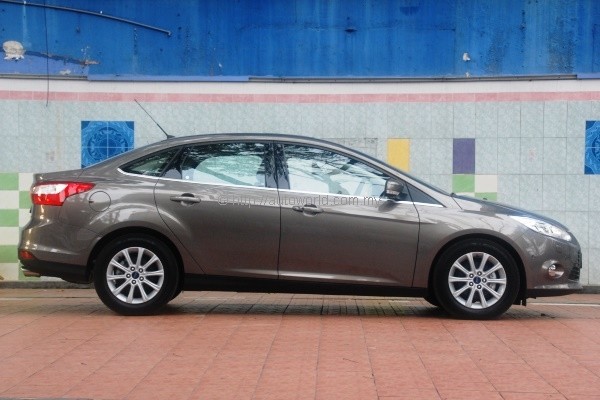 |
| The new Focus has significantly more flair in its design than its predecessor. |
Interior
The Focus’ aesthetic turnaround continues in its cabin, where Ford has went from having one of the segment’s dullest cabins to having one of its best looking and most interesting. It carries a futuristic appearance that appropriately reflects the Focus’ positioning as one of the most advanced vehicles of its class. Material selection, build quality and switch gear tactility all feel appropriately premium and gives you the impression that Ford build the Focus with a very strong point to prove.
But in its quest to craft an aesthetically pleasing interior, Ford forgot to take care of proper ergonomics and practicality. Interface of the Sony-sourced integrated head unit, for example, is cluttered and messy to use. Steering-mounted controls, whilst appreciated, were poorly placed with some buttons impossible to reach without taking your hands off the wheel, defeating their purpose in the first place. There is also a noticeable lack of small-item storage space along the centre console to slip your handphones and keys.
Still on the topic of storage, the new Focus inexplicably makes do with less boot space than its predecessor. According to Ford’s official specs, our sedan test car has 421 litres of space for my suitcases, which is nearly 90 litres down from the previous Focus sedan. Additionally, Ford also substituted the space-saving gas struts with cheaper goose neck boot hinges, essentially a double whammy – boot space is not only reduced but also intruded upon.
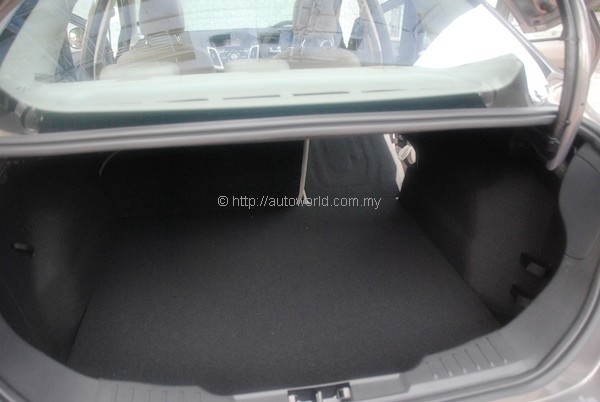 |
| Luggage capacity reduced from the predecessor’s 510 litres to 421 litres here. |
Driving Experience
In our review of the previous generation Focus TDCi, this writer stated unequivocally that the Focus is by a mile, the best handling car of its segment. That statement continues to hold true for the current generation model, but there has been a trade off. The new model is a more polished and refined product than its predecessor, but it has also become less communicative; its driver-machine connection feels distinctly less intimate than its highly enjoyable predecessor.
Happily, the overall dynamic competence which the predecessor was renowned for has not been sacrificed with the new Focus. Ford continues its excellent track record of delivering the same well-judged balance between ride comfort and handling that make us such big fans of not only the Focus, but models such as the Fiesta, Mondeo, and S-Max as well. It is faithful to steering inputs and points to wherever you aim it with minimum fuss, whilst ride quality is superbly damped be it for sharp potholes or longer amplitude undulations.
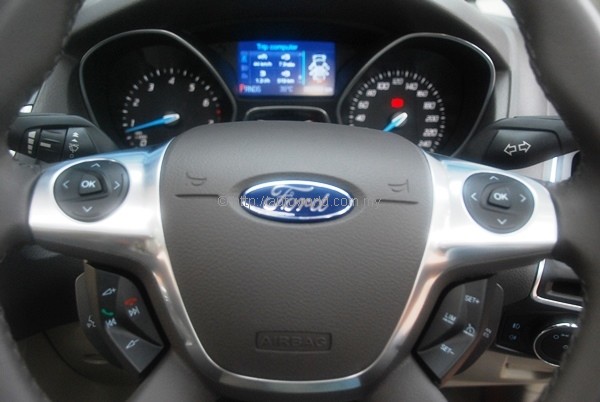 |
| Steering-mounted controls are not well placed – buttons not within easy reach. |
The engine is another highlight of the driving experience offering both aural and sensational delights – it sounds and feels muscular, a pleasingly sporty engine note accompanied by properly rapid progress. Whilst lacking the midrange turbocharged grunt of a TDCi or EcoBoost mill, this engine is a testament of what good old-fashioned displacement is still good for – smooth uninterrupted delivery of power all the way to the red line.
Less impressive, however, is the 6-speed PowerShift transmission. Competent at high speeds, the dry clutch gearbox jerks very noticeably in stop-and-go traffic, and this is despite conscious efforts to be smooth and gentle with throttle inputs. In hard driving, the transmission’s control unit displayed decent intelligence in selecting the right gear to facilitate spirited progress. There was, thankfully, little need to put the rocker switch manual shifting feature to any use. The only input needed from the driver was selecting between ‘D’ or ‘S’ and leaving the transmission to do the rest.
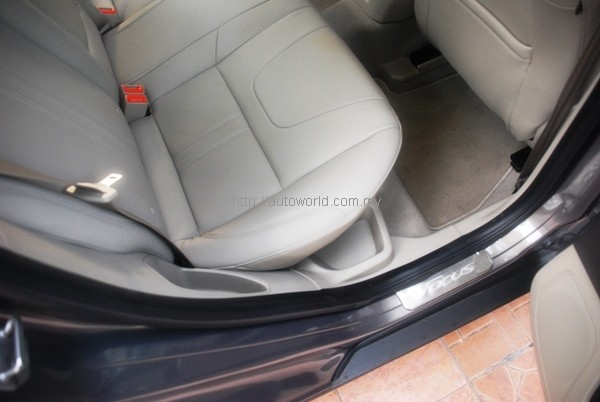 |
| Little hidden storage spaces at the sides are a nice practical touch. |
Verdict
In many respects, the new Focus is a significantly better product compared to not just its predecessor but almost every other car in the C-segment as well. Earlier iterations of the Focus were more enjoyable and involving to drive, but these are subjective virtues that are unlikely to factor as points of consideration amongst mainstream buyers that Ford is seeking to capture.
By maintaining the Focus’ dynamic strengths and enhancing its aesthetics and equipment, Ford has successfully widened the Focus’ appeal without alienating its enthusiasts. Ford still has work to do to refine the Powershift transmission’s low speed foibles, but other minor shortcomings such as suspect ergonomics and reduced boot space are adequately made up for by an array of class-leading equipment, and not to mention almost unbeatable value.
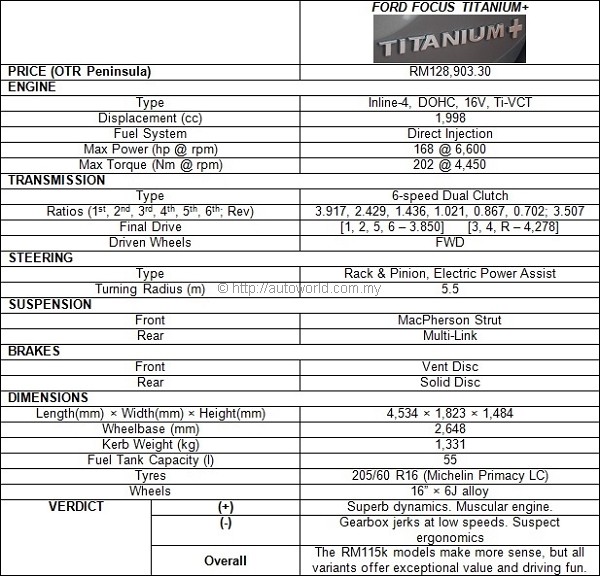 |




